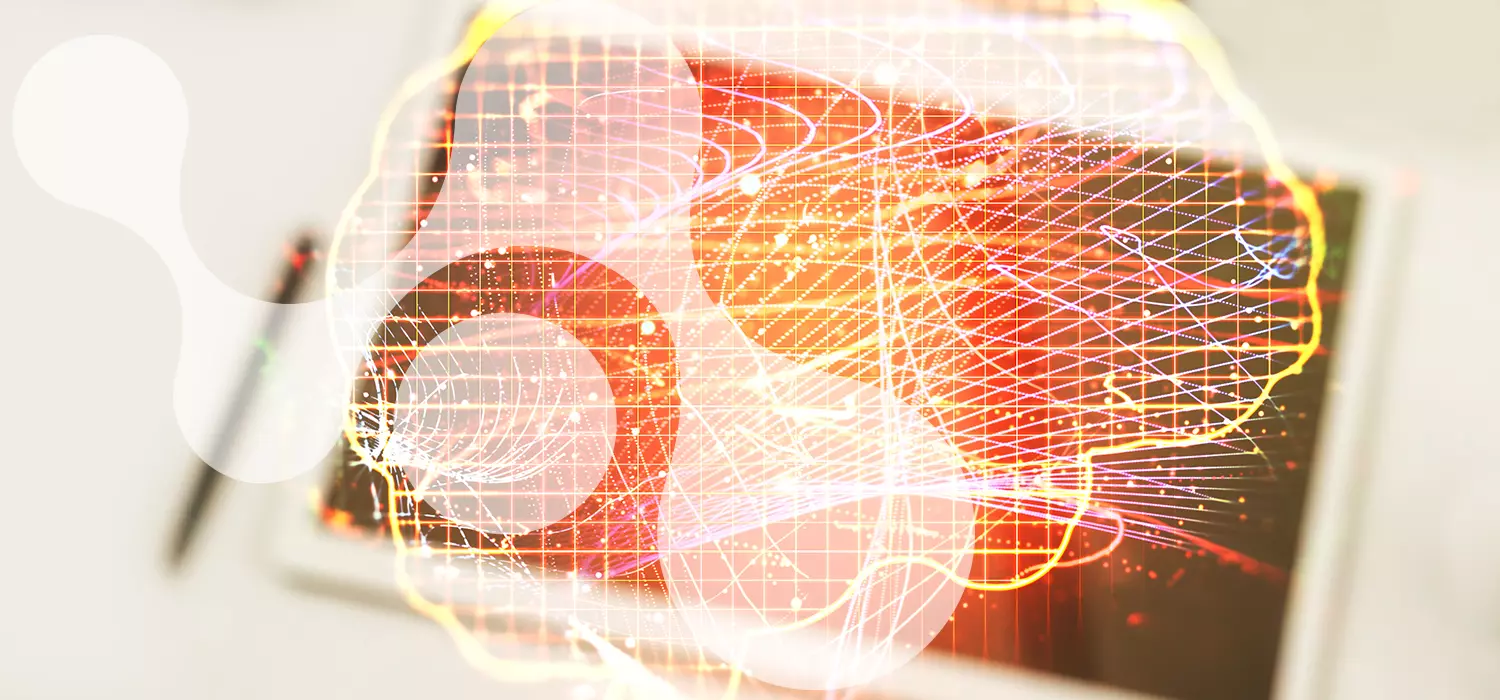Human sensing

Problems
Subjective evaluation and questionnaires are commonly used, in psychological and clinical practice, to define the status of the patient or the evolution of a disease. This approach has clear limitation caused by all the potential bias that can be introduced by a self-reported answer or a qualitative observation. To overcome that problem, this group aim to develop a qualitative, biosignals-based, system to explore the presence of eventual markers descriptive the mentioned variables.
Technology
Starting from biosignals sensors present in the market, the group will develop methods to synchronize the recordings from different sources and merge those signals. To complete the system, algorithm for data fusion, marker extraction and support in the decision making process will be developed. The same markers can be exploited to realize biofeedback systems that can be used to guide devices, rehabilitation practices and more. Data analysis programming languages and AI-based technologies will be exploited to reach.
Outcomes and impact
The main goal is to explore, for each research line, the mechanism underpinning different psycho-physical conditions and, in particular, the markers contained in the biosignals related to the status of interest. Those evidence will be used to develop decision support software, biofeedback systems and architecture for the personalization of training, teamwork and neuromarketing applications.
More details
The evaluation of psychological metrics is, usually, carried out by means of self reported questionnaires and qualitative, operator-based, evaluation which is affected by obvious bias.
Such metrics are used to evaluate features correlated with effective social interactions and other useful indicators, like cognitive workload and emotive arousal.
The group will exploit the possibilities offered by the manipulation of animal models that will be developed for each specific scenario. In the murine experiments we will explore, mainly, the neural mechanism underpinning social interactions.
Instead in humans the set up will be composed by:
-Electroencephalogram (EEG)
-Electrodermal activity (EDA) sensor
-Eye tracker
-Electrocardiogram (ECG) or Photopletismograph (PPG)
-Inertial sensors
-Respiration sensor
– Others defined during the execution of the project.
The monitoring of neural features and autonomous nervous system-related signals will be correlated with the considered context to extract features that can explain the basics of social interaction and to provide biomarkers for psychiatric conditions. Moreover new non-invasive sensors will be developed to explore new, potential, biomarkers of altered psychophysical states. The acquired knowledge will pave the light for the development of new diagnostic and prognostic tools useful for the pathologies that involve anomalies in social interactions like autism, Alzheimer and other common psychiatric diseases.
Highlights
















